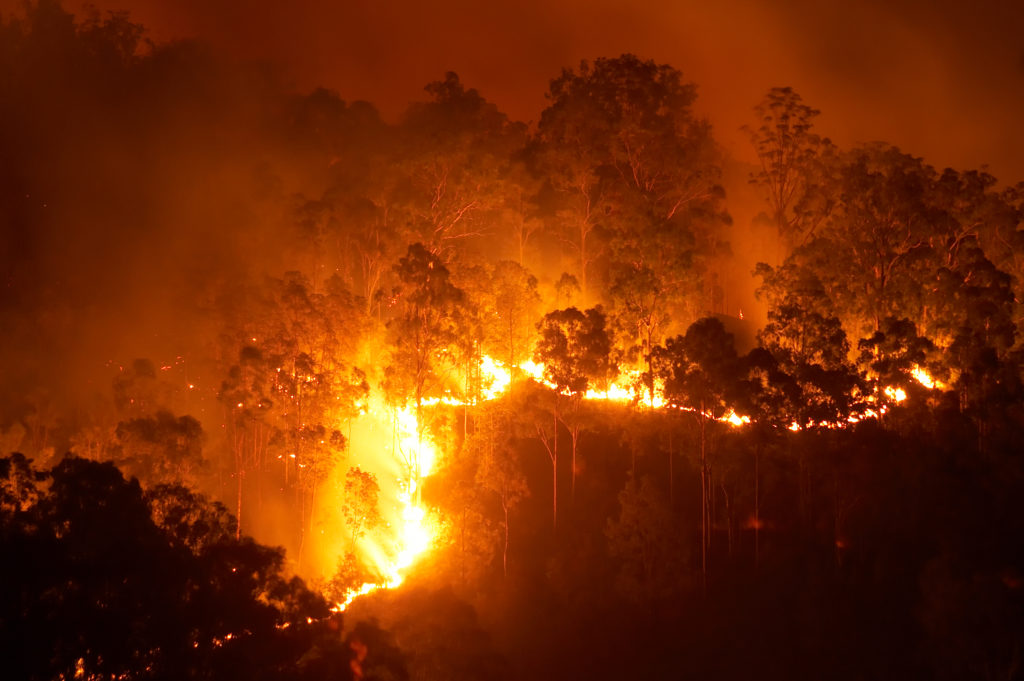BAL Report Principles: Necessary Information for Homeowner
Navigating Bush Fire Security Rules With BAL Record
In the world of residential property advancement and homeownership, navigating bush fire protection laws is vital for making certain the safety and conformity of structures in high-risk areas. Central to this endeavor is the Bushfire Assault Degree (BAL) record, an essential document that assesses the possible exposure of a building to bushfire. Recognizing how to apply the information and analyze contained within a BAL record can significantly influence the design, building, and maintenance of buildings. By diving right into the intricacies of BAL evaluations and their ramifications for developing compliance, stakeholders can proactively manage bush fire threats and secure properties versus possible hazards.
Comprehending Bush Fire Protection Regulations
To properly navigate the intricacies of bush fire defense regulations, it is necessary to have a clear understanding of the controling guidelines and requirements in position. Shrub fire protection laws are crucial for protecting residential properties and lives in locations prone to bushfires. These laws establish the standards and protocols that homeowner should adhere to in order to alleviate the risks related to bushfires.

Value of BAL Assessments
Understanding the relevance of BAL evaluations is crucial in making sure conformity with bush fire protection guidelines and effectively alleviating the threats related to bushfires. BAL assessments, which figure out the Bushfire Attack Degree of a building, are important for creating ideal bush fire protection steps tailored to the certain threat account of the website. By evaluating elements such as plant life type, distance to possible fire threats, and incline of the land, BAL assessments provide important insights into the level of risk a residential or commercial property deals with throughout a bushfire event.

Ramifications for Building Conformity
Browsing with building compliance needs in accordance with BAL analyses is crucial for ensuring frameworks are effectively fortified versus the dangers postured by bushfires. Structures that fall short to satisfy the essential compliance requirements are at a greater risk of receiving damage or damage throughout a bushfire event.
Ensuring building conformity entails cautious preparation, construction, and maintenance to minimize the potential effect of bushfires - BAL Report. It requires a detailed understanding of the BAL rating designated to the building and implementing the ideal measures to enhance its fire security capacities. Non-compliance with structure policies can lead Full Report to legal effects, insurance issues, and most notably, jeopardize lives. Taking building compliance seriously and incorporating BAL evaluation results into building and construction techniques is crucial for protecting buildings in bushfire-prone areas.
Managing Shrub Fire Risks Properly
Provided the essential relevance of structure conformity in strengthening structures against bushfire risks, effectively taking care of these threats requires a detailed method that prioritizes aggressive reduction approaches. Clearing up combustible plant life, creating defensible rooms, and making certain correct upkeep can dramatically lower the threat of fire spreading to the residential or commercial property. By integrating these proactive steps, home proprietors can properly take care of bushfire dangers and enhance the safety and security of their residents and frameworks.
Practical Tips for Homeowners and Developers
Properly taking care of bushfire threats as a house owner or designer requires carrying out sensible reduction approaches tailored to the property's certain susceptabilities and environments. Guaranteeing that walls, windows, and roof coverings are created or upgraded to fulfill appropriate bushfire defense standards is necessary.
Moreover, producing an emergency situation plan and practicing emptying drills with family participants, renters, or employees can save lives in case of a bushfire. Remaining informed regarding local fire my response threat scores, climate conditions, pop over here and emergency situation alerts is likewise vital for making timely choices to safeguard life and property. Engaging with local fire authorities, neighborhood groups, and professionals experienced in bushfire management can provide useful assistance and support in developing comprehensive bushfire defense methods.
Conclusion
Finally, navigating bush fire security policies with a BAL record is crucial for ensuring building conformity and taking care of bush fire risks successfully. Understanding the relevance of BAL evaluations and adhering to practical ideas can assist programmers and property owners alleviate the effect of bush fires. By adhering to these guidelines and taking needed preventative measures, people can create safer environments for themselves and their neighborhoods.
Secret parts of bush fire protection policies consist of the Bushfire Attack Level (BAL) assessment, which establishes the degree of risk a residential property faces from bushfires. BAL evaluations, which establish the Bushfire Attack Degree of a home, are vital for designing suitable bush fire defense procedures tailored to the certain risk profile of the site. By reviewing elements such as plant life type, distance to prospective fire hazards, and slope of the land, BAL evaluations give important insights into the level of danger a residential property encounters during a bushfire event.

In final thought, browsing bush fire security regulations with a BAL record is crucial for making sure structure conformity and managing bush fire dangers successfully.